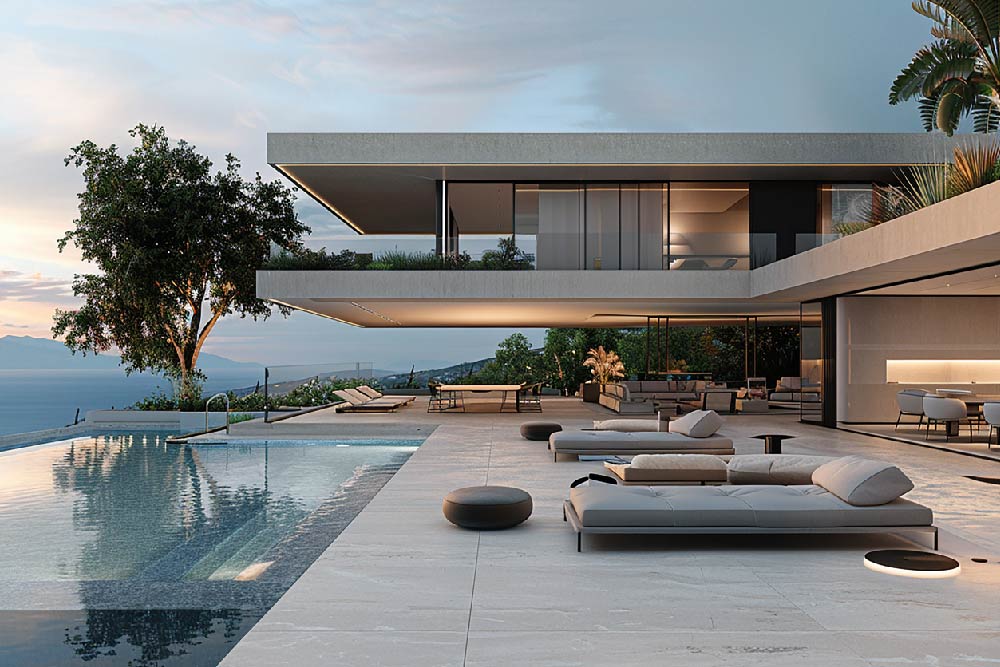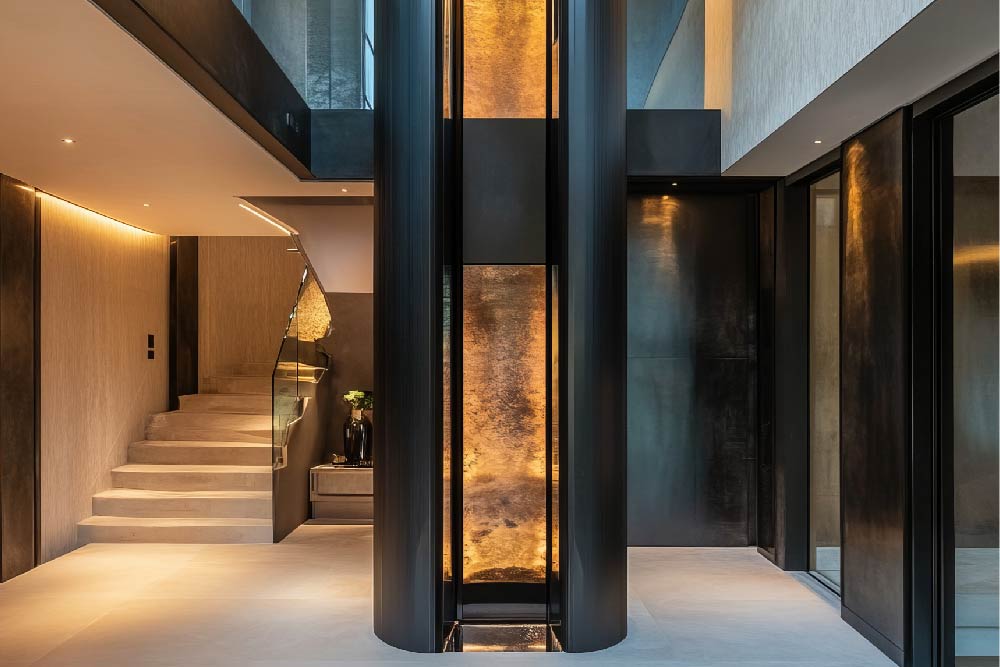
Luxury real estate India is not just evolving—it’s booming. Luxury housing sales, particularly for units priced at ₹4 crore and above, recorded a 37.8% year-on-year growth during the January–September 2024 period, according to CBRE. The surge underscores sustained demand from both end-users and investors. High-end living is no longer a niche—it’s a defining choice for the discerning.
Let’s delve into what’s driving this shift in buyer behavior.
A Surge Driven by New Buyer Priorities
India’s luxury residential market is undergoing a transformation, driven by evolving buyer preferences and a younger, globally exposed demographic. With nearly 20% of the country’s HNIs now under 40, demand is shifting toward smart, sustainable, and experience-led living—key trends influencing HNI real estate trends today.
Post-pandemic lifestyle changes have accelerated the need for expansive homes that integrate wellness zones and home offices. Branded Residences India are also gaining popularity for offering not just aesthetics but assured quality, global design sensibilities, and premium service. As developers respond to these demands, luxury housing has established itself as both an aspirational lifestyle and a resilient high-end property investment..
The Appeal of High-End Real Estate Investments
India’s luxury and ultra-luxury housing segments continue to gain momentum. The total sales value of ultra-luxury homes across the top seven cities reached ₹4,754 crore in 2024—a 17% increase from the previous year (Anarock Research). This trend underlines investor confidence in luxury real estate India as a profitable and stable asset class.
What’s driving the momentum:
- Price Stability:Luxury assets weather market volatility better than mass-market housing.
- Scarcity & Exclusivity: Limited inventory keeps demand high.
- Wealth Preservation: These assets align well with long-term financial and lifestyle strategies.
- Higher Rental Yields:Premium properties in sought-after locations offer consistent income potential.
Case in point: DLF’s ₹4,000 crore luxury project near Delhi sold all 173 units within weeks—proof that high-end property investment demand remains robust.
Why Pune is the Market to Watch
While Mumbai and Delhi have traditionally led the luxury housing charts, Pune’s ultra-luxury homes are increasingly on the radar for affluent buyers and investors. A fast-growing IT ecosystem, strong infrastructure upgrades, and a rising number of HNIs make Pune a high-potential city for luxury real estate in India.
Key neighborhoods like Koregaon Park, Kalyani Nagar, and Baner are setting new benchmarks with branded residences, designer-led architecture, and world-class amenities. Compared to metros like Mumbai, Pune offers a more accessible price point, with better appreciation potential and strong rental returns—making it ideal for both lifestyle seekers and portfolio diversification.
NRIs Turning to Premium Indian Real Estate
India’s luxury housing is also gaining traction among Non-Resident Indians. Over 80% of developers expect higher demand from NRIs in the coming year (Colliers). These buyers are driven not only by emotional ties but also by a preference for global-standard residences with assured high-end property investment returns.
Favorable exchange rates, improved transparency, and streamlined digital buying processes have made India an increasingly seamless market. Within this landscape, Pune stands out. Its mix of cosmopolitan living, high-end amenities, and reputed educational and healthcare institutions make it an ideal destination for NRI investment—especially in Pune ultra luxury homes that offer both lifestyle and legacy value.
Looking Ahead: The Future of Luxury Real Estate in India
According to a joint report by Knight Frank and NAREDCO, India’s real estate sector is projected to grow to $5.8 trillion by 2047, with its contribution to GDP expected to rise from 7.3% to 15.5%.
For buyers, this means a continued shift in HNI real estate trends—from functional ownership to experience-driven investment. For developers, the roadmap includes curated communities, mixed-use luxury developments, and greater integration with global hospitality and design partners—cementing Branded Residences India as the gold standard of luxury living.
With the rising affluence of younger investors and the expanding global footprint of Indian HNIs, the demand for elevated homes is here to stay.
In a market where timing, insight, and access define success, SQUAREA offers you the edge. Whether you’re acquiring your next statement home in Pune or looking for long-term high-end property investment opportunities across India, our team ensures expert guidance and seamless execution.
To explore India’s most coveted addresses, contact us at hello@squarea.io or call +91 90 9641 9641.




